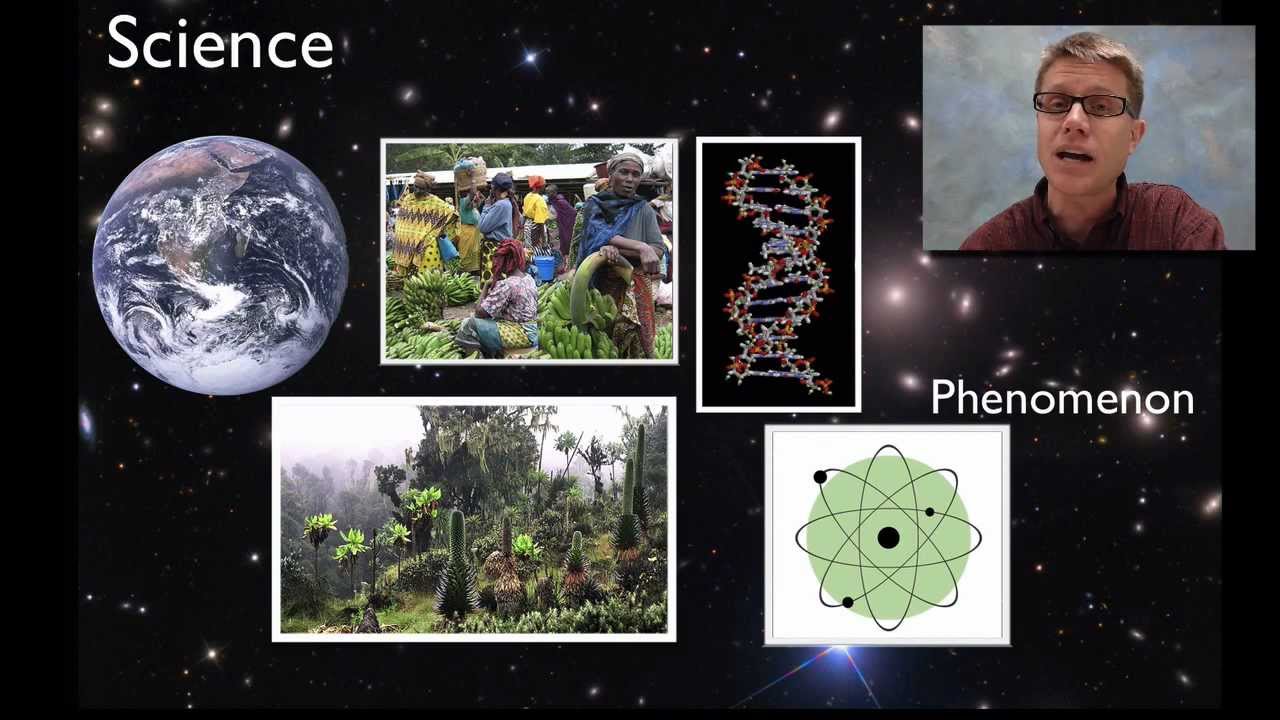Asking Questions
Students at any grade level should be able to ask questions of each other about the texts they read, the features of the phenomena they observe, and the conclusions they draw from their models or scientific investigations.
K-12 Progressions
from NGSS Appendix F: Science and Engineering Practices in the NGSS
| K-2 | 3-5 | 6-8 | 9-12 |
|---|---|---|---|
| Asking questions and
defining problems in K–2
builds on prior
experiences and
progresses to simple
descriptive questions that
can be tested.
• Ask questions based on observations to find more information about the natural and/or designed world(s). • Ask and/or identify questions that can be answered by an investigation. |
Asking questions and defining
problems in 3–5 builds on K–2
experiences and progresses to
specifying qualitative
relationships.
• Ask questions about what would happen if a variable is changed. • Identify scientific (testable) and non-scientific (nontestable) questions. • Ask questions that can be investigated and predict reasonable outcomes based on patterns such as cause and effect relationships. |
Asking questions and defining problems
in 6–8 builds on K–5 experiences and
progresses to specifying relationships
between variables, and clarifying
arguments and models.
Ask questions: • that arise from careful observation of phenomena, models, or unexpected results, to clarify and/or seek additional information. • to identify and/or clarify evidence and/or the premise(s) of an argument. • to determine relationships between independent and dependent variables and relationships in models. • to clarify and/or refine a model, an explanation, or an engineering problem. • that require sufficient and appropriate empirical evidence to answer. • that can be investigated within the scope of the classroom, outdoor environment, and museums and other public facilities with available resources and, when appropriate, frame a hypothesis based on observations and scientific principles. • that challenge the premise(s) of an argument or the interpretation of a data set. |
Asking questions and defining
problems in 9–12 builds on K–8
experiences and progresses to
formulating, refining, and
evaluating empirically testable
questions and design problems
using models and simulations.
Ask questions: ○ that arise from careful observation of phenomena, or unexpected results, to clarify and/or seek additional information. ○ that arise from examining models or a theory, to clarify and/or seek additional information and relationships. ○ to determine relationships, including quantitative relationships, between independent and dependent variables. ○ to clarify and refine a model, an explanation, or an engineering problem. • Evaluate a question to determine if it is testable and relevant. • Ask questions that can be investigated within the scope of the school laboratory, research facilities, or field (e.g., outdoor environment) with available resources and, when appropriate, frame a hypothesis based on a model or theory. • Ask and/or evaluate questions that challenge the premise(s) of an argument, the interpretation of a data set, or the suitability of a design. |
Introduction to SEP1: Asking Questions
from NGSS Appendix F: Science and Engineering Practices in the NGSS
Students at any grade level should be able to ask questions of each other about the texts they read, the features of the phenomena they observe, and the conclusions they draw from their models or scientific investigations. For engineering, they should ask questions to define the problem to be solved and to elicit ideas that lead to the constraints and specifications for its solution. (NRC Framework 2012, p. 56)
Scientific questions arise in a variety of ways. They can be driven by curiosity about the world, inspired by the predictions of a model, theory, or findings from previous investigations, or they can be stimulated by the need to solve a problem. Scientific questions are distinguished from other types of questions in that the answers lie in explanations supported by empirical evidence, including evidence gathered by others or through investigation.
While science begins with questions, engineering begins with defining a problem to solve. However, engineering may also involve asking questions to define a problem, such as: What is the need or desire that underlies the problem? What are the criteria for a successful solution? Other questions arise when generating ideas, or testing possible solutions, such as: What are the possible trade-offs? What evidence is necessary to determine which solution is best?
Asking questions and defining problems also involves asking questions about data, claims that are made, and proposed designs. It is important to realize that asking a question also leads to involvement in another practice. A student can ask a question about data that will lead to further analysis and interpretation. Or a student might ask a question that leads to planning and design, an investigation, or the refinement of a design.
Whether engaged in science or engineering, the ability to ask good questions and clearly define problems is essential for everyone. The following progression of Practice 1 summarizes what students should be able to do by the end of each grade band. Each of the examples of asking questions below leads to students engaging in other scientific practices.
Performance Expectations Associated with SEP1: Asking Questions
Videos
Next Generation Science Standards is a registered trademark of Achieve. Neither Achieve nor the lead states and partners that developed the Next Generation Science Standards were involved in the production of this product, and do not endorse it. Visit the official NGSS website.


